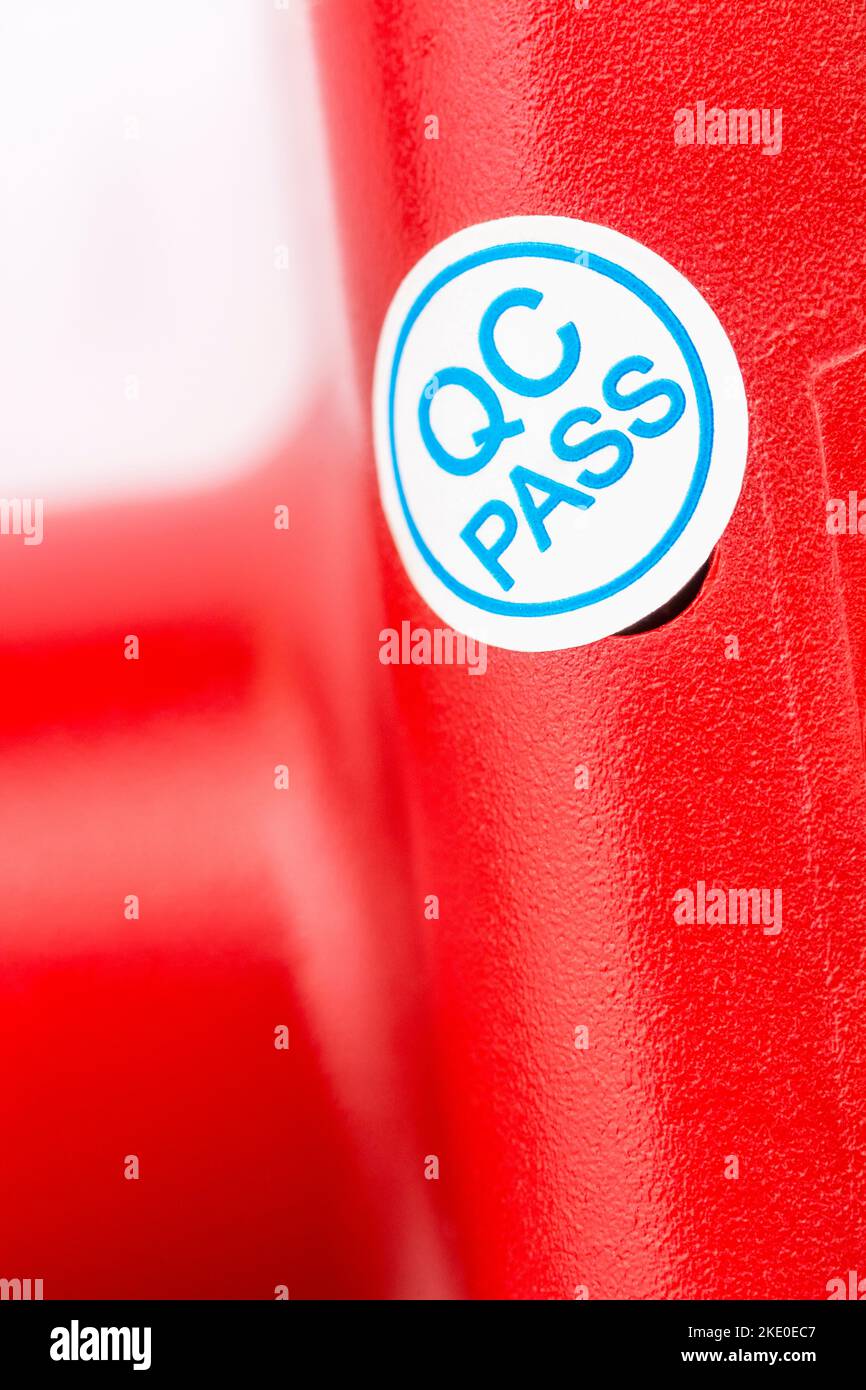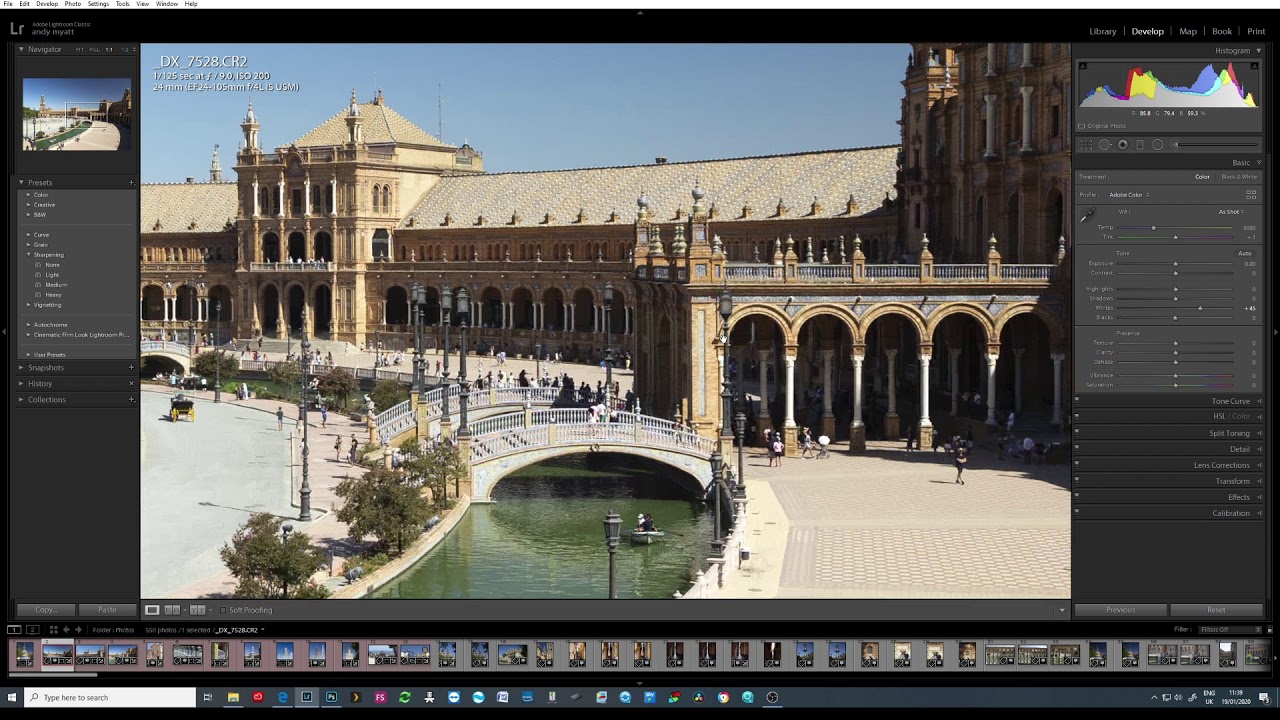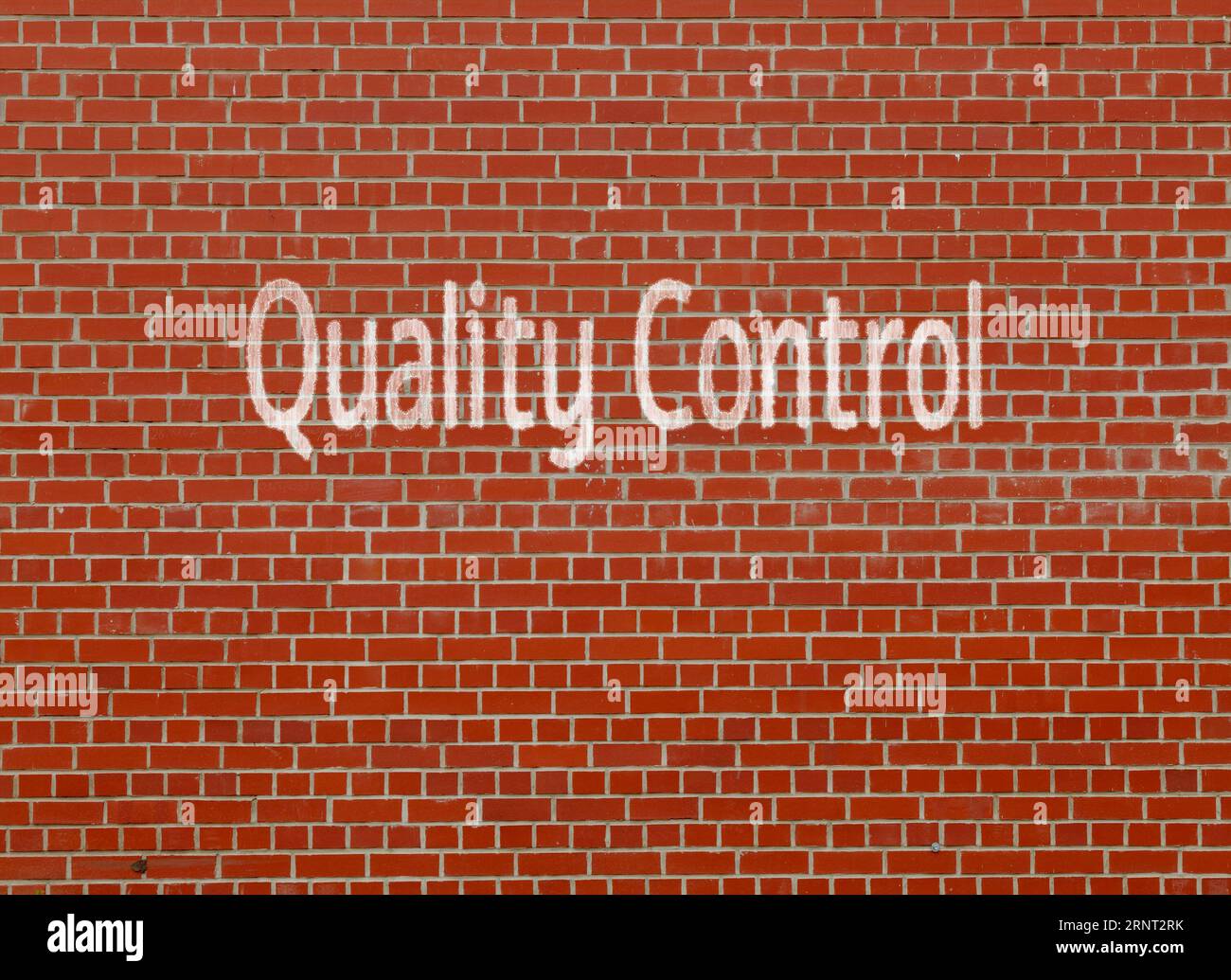In the world of stock photography and digital content, quality is king. Alamy, a prominent stock photography agency, places a significant emphasis on maintaining high standards through its Quality Control (QC) processes. Ensuring that every image posted meets their guidelines not only helps to protect the integrity of the platform but also benefits contributors by enhancing the credibility of their work. As a photographer or content creator looking to submit your images to Alamy, understanding the essence of their QC process is crucial for success. In this guide, we'll dive deeper into what
Understanding Alamy's QC Standards

Alamy's QC standards are meticulously crafted to ensure that only top-notch images make it to their marketplace. So, what exactly do these standards entail? Let's explore some key components:
- Image Quality: Alamy requires images that are sharp, well-composed, and properly exposed. Ensure your photos are free from any noise or distortion, as high-quality images stand out in a crowded marketplace.
- Technical Specifications: Images must meet specific technical criteria, usually around 17 megapixels or larger, with a minimum file size. A failure to comply with these specifications can lead to rejection.
- Rights and Releases: If your photo includes recognizable people or private properties, you’ll need to secure model or property releases. Without these, your work may not be accepted, as Alamy needs to adhere to legal standards.
- Relevance and Marketability: Images should not only be visually appealing but also relevant to current trends and market demands. Conduct some research to understand what themes or subjects are in high demand.
Table summarizing Alamy's key QC standards:
| Criteria | Requirements |
|---|---|
| Image Quality | Sharp, well-composed, no noise/distortion |
| Technical Specifications | 17 megapixels or larger, minimum file size |
| Rights and Releases | Model/property releases required |
| Relevance | Current themes, trends, and market demands |
Understanding and adhering to these standards is the first step towards a successful submission to Alamy. With that knowledge in your toolkit, you're well on your way to passing their QC and showcasing your work to a global audience.
Also Read This: Understanding Ownership and Licensing of NASA Pictures on Alamy
Preparing Your Images for Submission

Alright, let’s dive into getting your images ready for submission to Alamy. This part is crucial because how well you prepare your images can make all the difference in passing Quality Control (QC) standards. Here are some essential steps to follow:
- Select High-Quality Images: Choose images that are sharp, well-lit, and composed. Avoid anything that looks blurry or overexposed.
- Image Resolution: Ensure your images have a minimum resolution of 24 megapixels. High resolution keeps the details intact.
- File Format: Alamy accepts images in JPEG format. Make sure your files are saved correctly to avoid any issues during upload.
- Color Profile: Use RGB color space. This ensures that your images look vibrant and true to life on their platform.
- Image Metadata: Don’t forget to add keywords, titles, and descriptions. This is not just for QC; it also helps in getting your images discovered by potential buyers.
Before you hit that submit button, take a moment to review each image critically. Think about whether it tells a story, captures a moment, or showcases what you intended. If it doesn’t spark that 'wow' factor for you, it probably won’t for someone else either!
Also Read This: Mac Manuscript: Saving a Microsoft Word Document on a Mac
Technical Requirements for Alamy QC

Now that we’ve got your images prepped, let’s chat about the technical specs that Alamy expects from submissions. Following these parameters will help you glide through the QC process with ease.
| Requirement | Details |
|---|---|
| Minimum Resolution | 24 megapixels or larger. |
| File Format | JPEG (with high-quality compression settings). |
| Sharpness | Images must be clear and in focus; avoid filters or excessive edits. |
| Color Space | Images should be in RGB mode. |
| Size Limit | No larger than 150MB for uploads. |
Meeting these technical requirements is critical, but remember that your creativity should also shine through! Think about composition and how the photo tells a story, reinforcing why people will want to purchase it. Embrace what makes your work unique while adhering to these guidelines, and you’ll be set up for success!
Also Read This: How Do You Mirror an Image on iPhone for Creative Edits
5. Common Reasons for Rejection
When it comes to submitting images to Alamy, understanding the common pitfalls that lead to rejection can save you a lot of time and frustration. Here are some of the top reasons your submissions might not make the cut:
- Poor Technical Quality: Images that are out of focus, poorly exposed, or have excessive noise are often rejected. Always check your sharpness and lighting before hitting that upload button.
- Inappropriate Content: If your images don’t align with Alamy’s content guidelines, they’ll be turned down. This can include issues like offensive material or content that doesn’t meet licensing standards.
- Insufficient Metadata: Failing to include detailed metadata can be a deal-breaker. Alamy requires specific information regarding the subject, location, and rights associated with your images.
- Copyright Issues: If your images contain recognizable products or people without proper releases, they won't be accepted. Make sure all necessary permits are in place.
- Overly Edited Images: Heavy editing that alters the original scene can lead to rejection. Aim for a natural appearance in your photos, showcasing your skills rather than excessive manipulation.
Identifying these common pitfalls can help you refine your submissions and improve your chances of acceptance. Keep these points in mind as you prepare your portfolio for Alamy.
Also Read This: Is Alamy Free to Use for Contributors and Buyers
6. Best Practices for Successful Submissions
Submitting your images to Alamy doesn’t have to be daunting. With a few best practices under your belt, you can boost your acceptance rate significantly. Here’s how to make your submissions shine:
- Understand the Guidelines: Familiarize yourself with Alamy’s submission guidelines. Knowing the requirements inside and out can help ensure that your images meet their standards.
- High-Resolution Images: Always upload high-resolution files. The higher the quality, the better your chance of acceptance—aim for files that are at least 48MB!
- Thorough Metadata: Provide detailed descriptions, keywords, and categories. This will help your images get discovered by potential buyers.
- Quality Control Check: Before submitting, conduct a thorough review of your images for technical quality and adherence to guidelines. Make use of tools that can analyze sharpness and noise.
- Regular Updates: Keep your portfolio fresh by regularly submitting new content. This not only increases visibility but also enhances your experience and growth as a photographer.
By adopting these best practices, you can improve your chances of successful submissions to Alamy and build a thriving portfolio of stock images. Remember, quality and attention to detail are key!
Also Read This: How to Submit Airshow Photos to iStock: A Comprehensive Guide
Passing Alamy QC Guide for Meeting Quality Control Standards
Alamy is a renowned stock photography agency that places a strong emphasis on quality control (QC) standards. In order to sell images through Alamy, photographers must adhere to strict QC guidelines to ensure that submitted work meets industry standards. This guide will help you navigate the key aspects of the Alamy QC process.
Here are some essential tips for passing the Alamy QC:
Image Specifications
- Resolution: Ensure your images are a minimum of 17 MB in size.
- Aspect Ratio: Maintain a standard aspect ratio to avoid cropping issues.
- File Format: Upload images in high-quality JPEG format.
Technical Quality
Pay particular attention to the technical aspects of your images:
- Focus: Images should be sharp and in focus.
- Exposure: Avoid underexposed or overexposed shots.
- Noise: Minimize noise and grain for cleaner images.
Content Quality
- Relevance: Ensure the subject matter is appropriate and adheres to Alamy’s content guidelines.
- Legal Considerations: Obtain model and property releases for recognizable subjects.
- Metadata: Provide accurate and comprehensive metadata for better discoverability.
Monitoring the trends and keeping your portfolio fresh can also aid in successfully passing the QC process.
Final Checklist
| Criteria | Status |
|---|---|
| Image Resolution | ✔️ |
| Technical Quality | ✔️ |
| Content Quality | ✔️ |
| Metadata Accuracy | ✔️ |
By following these guidelines and remaining vigilant during the submission process, photographers can maximize their chances of passing Alamy's QC standards and reaching a broader audience.
Conclusion: Achieving Success with Alamy QC
Success on Alamy requires strict adherence to their QC standards; by ensuring high technical and content quality, photographers will not only have better chances of passing QC but also enhance their portfolio's overall appeal.
 admin
admin








